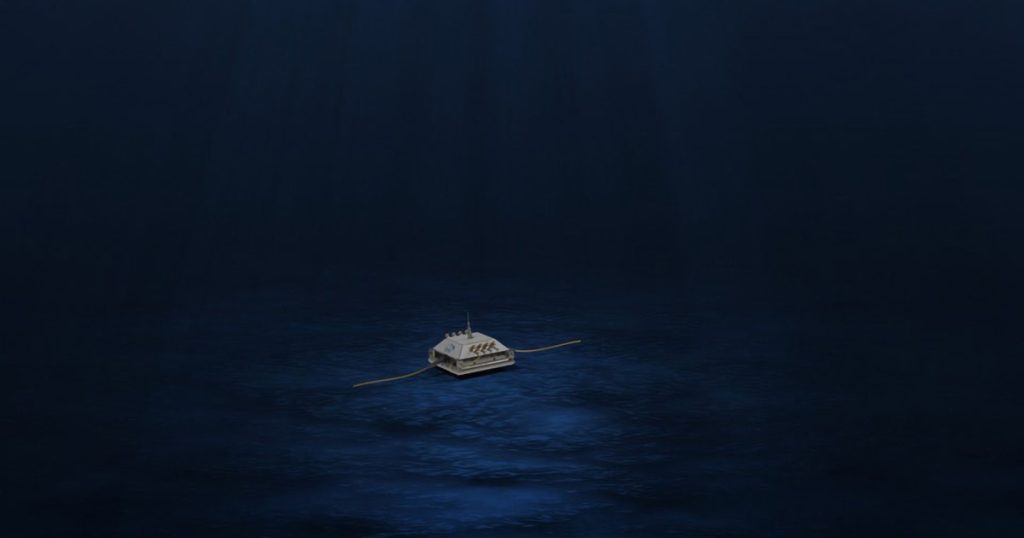Some of us will recall the last downturn in the submarine cable industry which occurred from roughly 2002 until 2007 or perhaps longer. During that time, system suppliers and many others sought out new markets and one of the most promising was cabled ocean observatories. These systems are used to provide scientific sensors with permanent communications and power, a huge advantage over battery-powered sensor deployments that are left on the seabed for months or even years before any of the data can be accessed. Several dozen such systems have been installed around the world, the largest of which are NEPTUNE Canada, located in British Columbia, and the Regional Scale Node system installed in Washington and Oregon states. The Japanese DONET and S-Net systems are primarily for seismic and Tsunami warnings but can also be considered cabled observatories.
With the submarine telecom industry returning to a state of activity, interest in alternative applications has waned somewhat in recent years. This is not really the fault of the industry. A lack of public policy that would direct funding into additional oceanographic research is possibly the most significant factor. This is a shame because there are real questions that still need to be answered about our oceans.
These questions mirror the biggest topics of discussion on land: how does a warming environment affect the oceans, how do increased CO2 levels affect the ocean environment, what does a “normal” ecosystem look like, and what are the man-made impacts on it? To these questions, we can add the need for sensor networks that detect and localize both earthquakes and Tsunamis. Finally, considering that the world is three-quarters ocean, we can begin to see the importance of these questions.
In an effort to stretch what dollars are available, some science sponsors are looking to “hitch a ride” on telecom projects. Technically, this is feasible. While some of the more ambitious plans, such as attaching sensors to repeaters, are not quite ready, connecting dedicated science platforms to telecom cables has already been done. Dual conductor cable, branching units, underwater connectors, and science platforms all exist and are in operation. Since separate fibers and power conductors are used for the science functions, there’s no real impact on the performance of the telecom system.
Commercially, combining science with telecoms has proved anything but easy for a number of reasons. Funding sources and timescales are the biggest issues. Once telecom projects are deemed commercially viable, they move ahead fairly quickly. By then, it is too late for a science sponsor to apply for funding (a process that can take years), find suppliers, and be ready in time to be part of the telecom project. These are issues that the sciences sponsors are aware of and are beginning to address. From the standpoint of the telecom industry, whether a project developer, supplier, or consultant, what is needed is fair consideration. Not every project will make sense, but projects should not be rejected out of hand just because they move into unfamiliar territory. If you are approached by someone hoping to add science capabilities to your cable, at least hear them out with an open mind.
